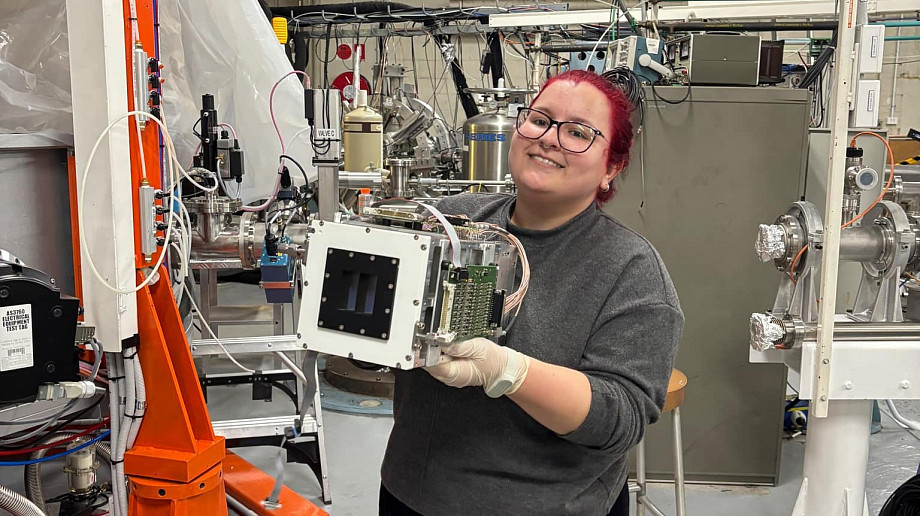
Fifteen years have passed since a new superheavy element (SHE) has been synthesised, which demonstrates the complexity of the reactions that are able to produce new elements. Until now, all superheavy elements have been produced by fusion, although the mechanisms that influence fusion are far from understood. The synthesis of SHE via fusion is very challenging as it depends on the low probability that one nucleus captures the other as they interact, then forms a compact compound nucleus, avoiding quasifission, and finally survives fission to form an evaporation residue.
On the path to fusion, nuclei dissipate their kinetic energies into internal excitation energies, but the understanding of how energy dissipation during the collision affects the resulting fusion cross-sections is still limited. Since nuclei exchange mass and charge in the first few zeptoseconds after colliding, the observed sensitivity of fusion probabilities to different entrance channels indicates that such differences must manifest before mass equilibration occurs. Furthermore, surprisingly, energy dissipation has been found to begin even prior to contact. The objective of this work is to qualitatively understand how energy dissipation processes in the first moments of the collision affect fusion probabilities.
To help investigate this further, I'm developing a new detector array that measures charge, mass and excitation energy at a fixed angle for each event, called MANTEIS (MultiANgle Time and Energy Identification Spectrometer). With MANTEIS and the Heavy Ion Accelerator Facility at ANU, I'm able to probe how the projectile and target charge, mass and kinetic energy distributions evolve as they approach each other, looking at the reflected flux, or the failed fusion products, as a function of energy. Effectively measuring the evolution and mechanism of energy dissipation. Here I will discuss the results of the first ever MANTEIS measurement, aiming to map from the first moments of energy dissipation and mass exchange to the subsequent evolution of the 28Si + 248Cm system and what we learned with this data analysis. I will also discuss the performance and current status of the new detector array.
Room:
4.03